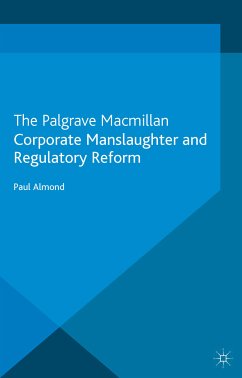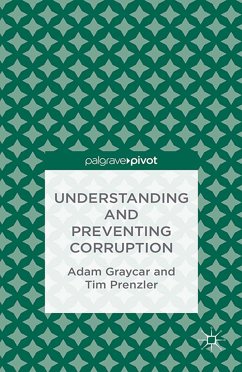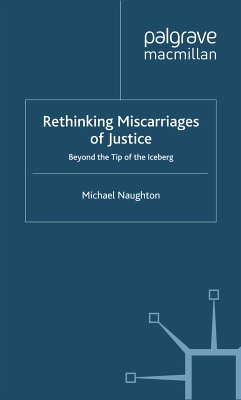Dieser Download kann aus rechtlichen Gründen nur mit Rechnungsadresse in A, B, BG, CY, CZ, D, DK, EW, E, FIN, F, GR, HR, H, IRL, I, LT, L, LR, M, NL, PL, P, R, S, SLO, SK ausgeliefert werden.
the United Kingdom, the United States, and to a lesser degree, Australia, Almond's consideration of corporate culpability is truly international." - Criminal Law and Criminal Justice









